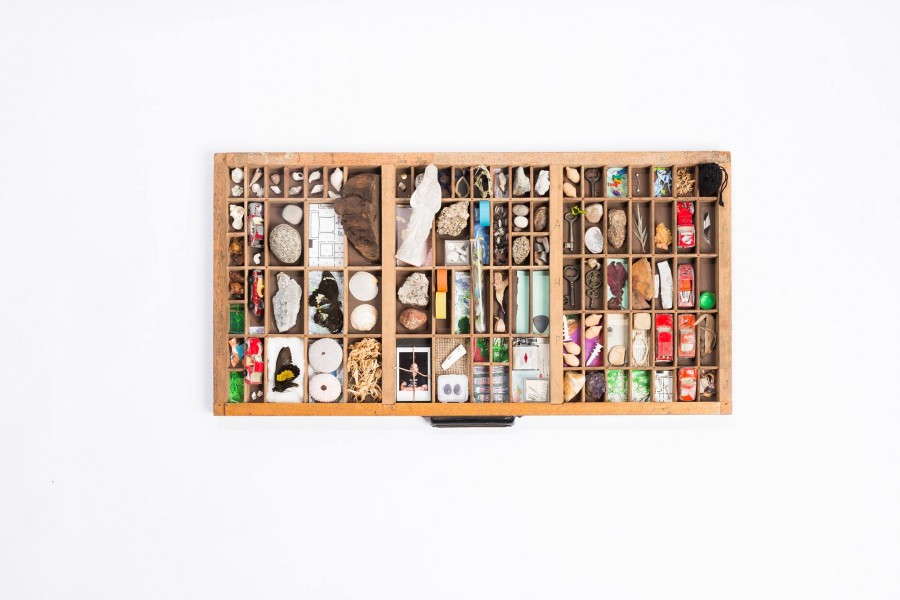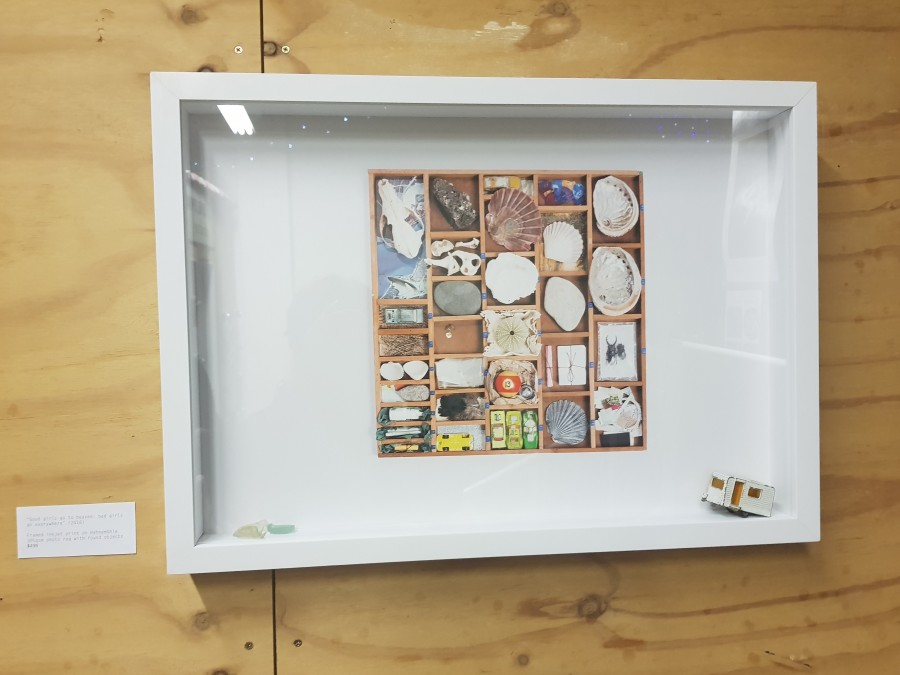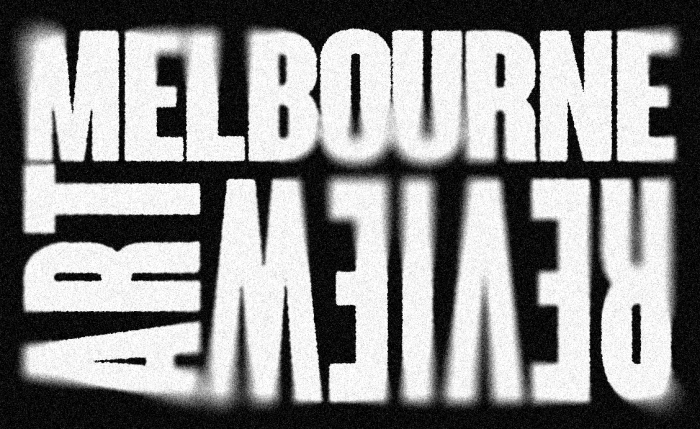Share this:
26 – 26 = 0
27 June 2018 Comment
Analogue Academy’s rustic and discordant décor proves the perfect frame for Amber Smith’s latest exhibition 26 – 26 = 0 (previously exhibited at Noir Darkroom, Coburg.) “Amber Smith deals with repressed trauma through the collection and curation of things; compartmentalizing, mediating and categorizing.”
The work is a menagerie of items; seashells, bones and booklets are all neatly assorted into tins, boxes and containers photographed from above. Physical specimens such as matchbox cars and matchboxes, are perched on the ‘shelf’ of the frame and reintroduce the tactility of objects, otherwise lost. Vintage trinkets hold an inscrutable, perhaps even arbitrary meaning in Smith’s work, the sentimentality of the worn, often patinated objects are a welcome reprieve from our consumerist lifestyles.
The items hold no value outside the viewers wholly subjective interpretation and it is in this ambiguity that the collection thrives. Presented aerially the objects appear as they were presumably found, strewn seemingly at random on the floor in boxes and tins. The bright and fading hues are nostalgic and personable, giving the work a sense of relatability, recalling the well-worn toys of my youth. Crisp and at times clinical, the images seemingly exist in their own singularity and it is often difficult to discern what, if any connection or meaning exists between the objects and their omniscient owner. It is this vacuum however that offer some of the works most enjoyable moments, ruminating on not what these eclectic totems mean for another, but what they might mean to us. A nautically inspired image for instance, presents the embodiment of a child’s beach collection: shells, crustaceans and rusted objects, appear almost melancholy when resituated into these stratified, immaculate collections. A misplaced maturity that threatens the spontaneity of collection and of memory by preserving them. Just as the repression and ‘compartmentalisation’ of trauma threatens the spontaneity of suffering, prolonging it sometimes indefinitely.
The broader themes that Smith seeks to explore may seem vague and ambitious - as they did to me, but ultimately this is irrelevant as the work thrives when viewed subjectively. It is not hard to view this art through the lens of its artist, but in doing so the images lose their person-ability, they are most meaningful when viewed in the context of one’s own life.
For me I view the collection as the personification of childlike innocence, memory and curiosity, in which meaning not money, defines an items importance.
This work is a product of Amber Smith’s PhD studies at Deakin University.
Words by John Thompson


